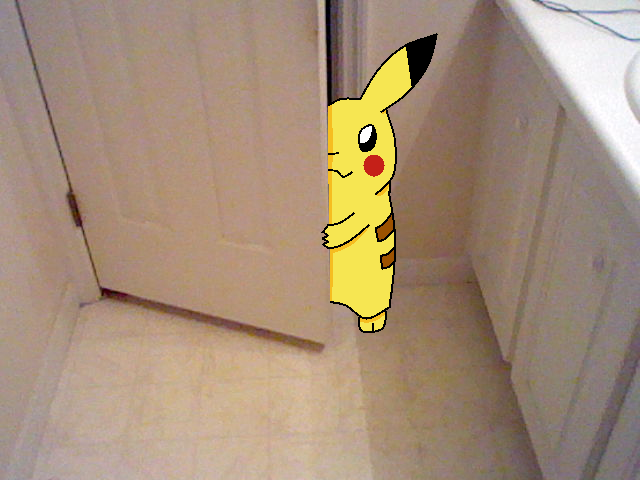In context: Augmented reality works by superimposing computer-generated objects against a live background using a camera and other imaging tricks. It works great for things like placing a virtual board game, or Lego set on your dining room table.
Applications with moving objects pose a problem in AR in that if they pass behind a real-world obstruction they do not disappear. Instead, they just float over the obstacle, which breaks the illusion that the 3D objects are solid. This problem is highly evident in the AR game Pokémon Go where the characters move about in your local environment. It bothered developer Niantic enough that it has been working on technology to overcome this AR limitation.
According to The Verge, Niantic's AR engine, called "Real World Platform" uses a technique called occlusion to make the 3D characters you are chasing disappear if they seem to run behind an object or if someone walks in front of them.
The process is accomplished using a neural network and machine learning techniques. These algorithms were part of its recent acquisition of AR startup Matrix Mill and can obscure (or occlude) a computer-generated object when it is calculated to be behind real-world objects.

For now, the technology is only in the proof-of-concept phase, but judging by the video (top), it looks quite promising. You can expect to be seeing it in Niantic's Pokémon Go and the upcoming Harry Potter: Wizards Unite. However, the company has also announced that it is making its Real World Platform available to third-party developers. So we will see more applications and games that use this technology down the road.
There is no release date set for the platform yet, but since Niantic has plans to license it out, you can expect it sooner rather than later. Niantic CEO John Hanke said they view Real World Platform similar to the way Amazon does its AWS cloud computing network. So we can expect the company to spend considerable focus and resources on implementing and perfecting the technology.